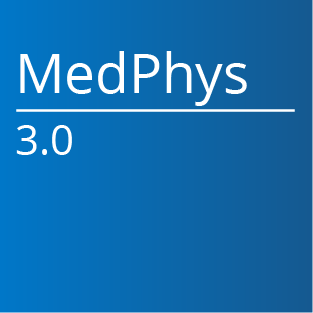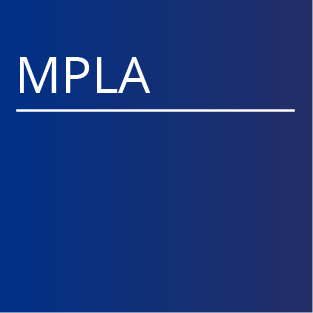Prospective Students/Trainees
Learn more about Medical Physics as a career path though the Society of Directors of Medical Physics Programs (SDAMPP) Student Guide to a Medical Physics Career.
Who are Medical Physicists?
Medical physicists are involved with patient care, research into new medical technologies, and teaching and medical physicists enjoy employment both in clinical and non-clinical settings such as clinics, academia, government, and industry. There are four sub-specialties of medical physics: Diagnostic medical physicists optimize diagnostic image quality, develop new imaging technology, and monitor the radiation safety of current technologies (e.g. x-rays, ultrasound, CT, MRI). Nuclear medical physicists develop and monitor the use of radionuclides for imaging (e.g. PET imaging). Therapeutic medical physicists, working mainly on the treatment of cancer, develop new radiation treatment technology (e.g. intensity-modulated radiation therapy, stereotactic radiation therapy), collaborate with radiation oncologists, and monitor equipment to ensure each patient’s safety. Medical health physicists monitor the use of radiation to protect non-patients (e.g. nurses, doctors, visitors, everyone but the person being treated with radiation).
How do I become a Medical Physicist?
Medical physicists can pursue career paths in either professional clinical roles or non-clinical roles such as academic research or industrial careers.
Clinical medical physicists are individually certified in radiological physics (diagnostic imaging, radiation therapy, and/or nuclear medicine) after a series of three exams by the American Board of Radiology. Recently, there has been a significant change to the ABR’s eligibility criteria. In order to begin the certification process from 2012-2013 (which means applying in September 2011 and September 2012), you must have graduated from or be enrolled in a CAMPEP-approved graduate school or a CAMPEP-approved residency program. In order to begin the certification process in 2014 and after, you must have graduated from or be enrolled in a CAMPEP-approved residency program. Please keep this in mind when applying for programs, as non-CAMPEP Medical Physics programs do exist.
Physicists pursuing non-clinical careers do not necessarily need to be board certified. Non-clinical careers include working in industry, academic research, radiation safety or health physics, regulation, science policy, science writing, and many more positions. Each non-clinical career requires slightly different experience and training. Researching what a career in each of these fields will allow you to better prepare for what kind of medical physicist you want to be and what certifications to attain.
How can I learn more?
Join AAPM as a student member for full-access: Apply for SPS-affiliate membership and gain access to AAPM! Check your SPS membership to see how you can affiliate with AAPM for FREE today.
Interested in gaining research experience in a medical physics lab or assisting with clinical service at a clinical facility during the summer? Apply for the Summer Undergraduate Fellowship Program or the Diversity Recruitment through Education and Mentoring Program.
Questions?
Reach out to current medical physics students in various AAPM subcommittees: the Students and Trainees Subcommittee, Working Group to Promote Non-Clinical Career Pathways, and the Working Group on Student and Trainee Research are here to serve you.
Please follow the STSC on facebook, twitter, and blog for up to date information.Contact us
Non-members, questions to Student/Trainees Groups can be directed through the form below.



















